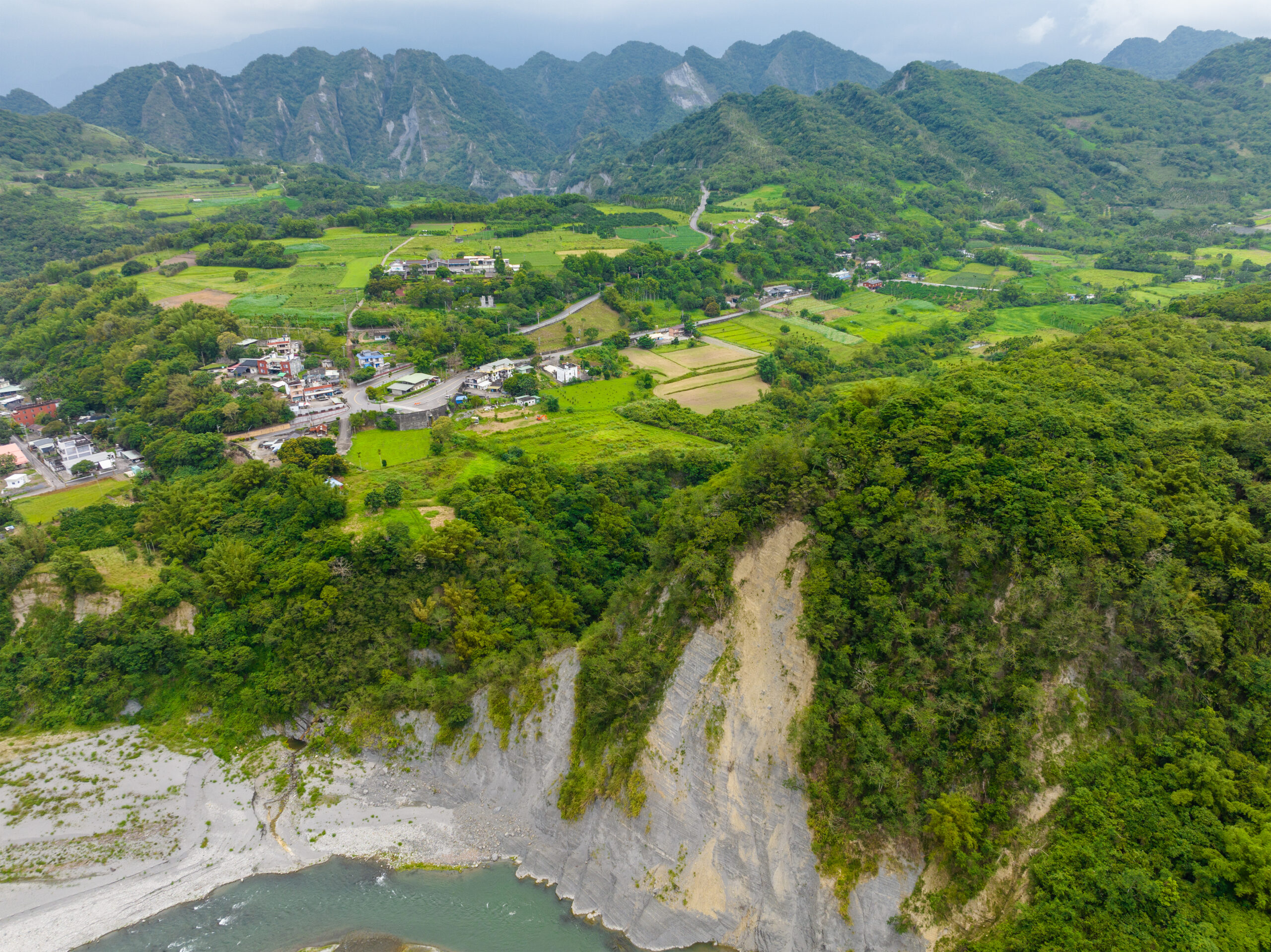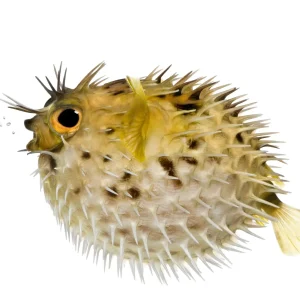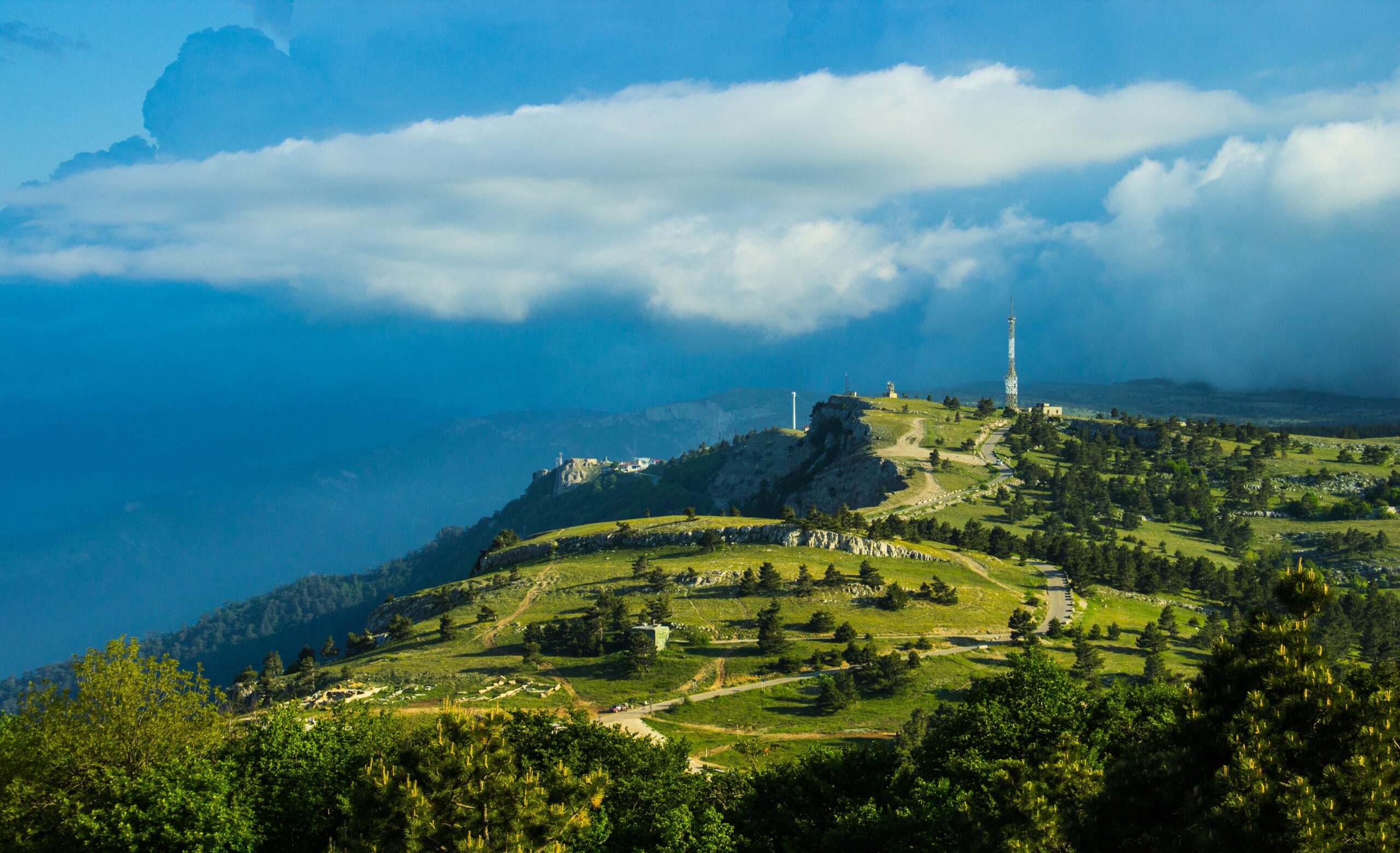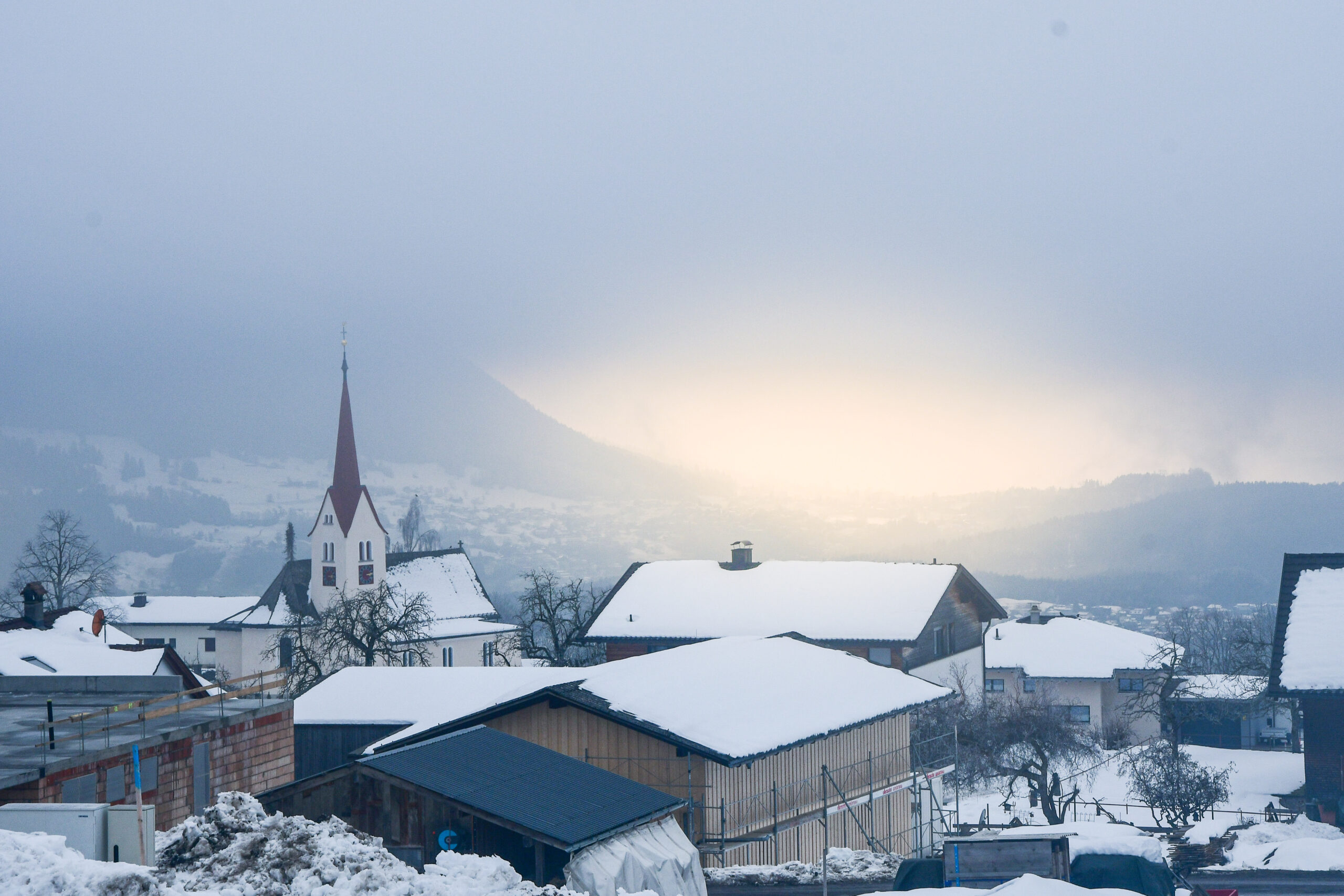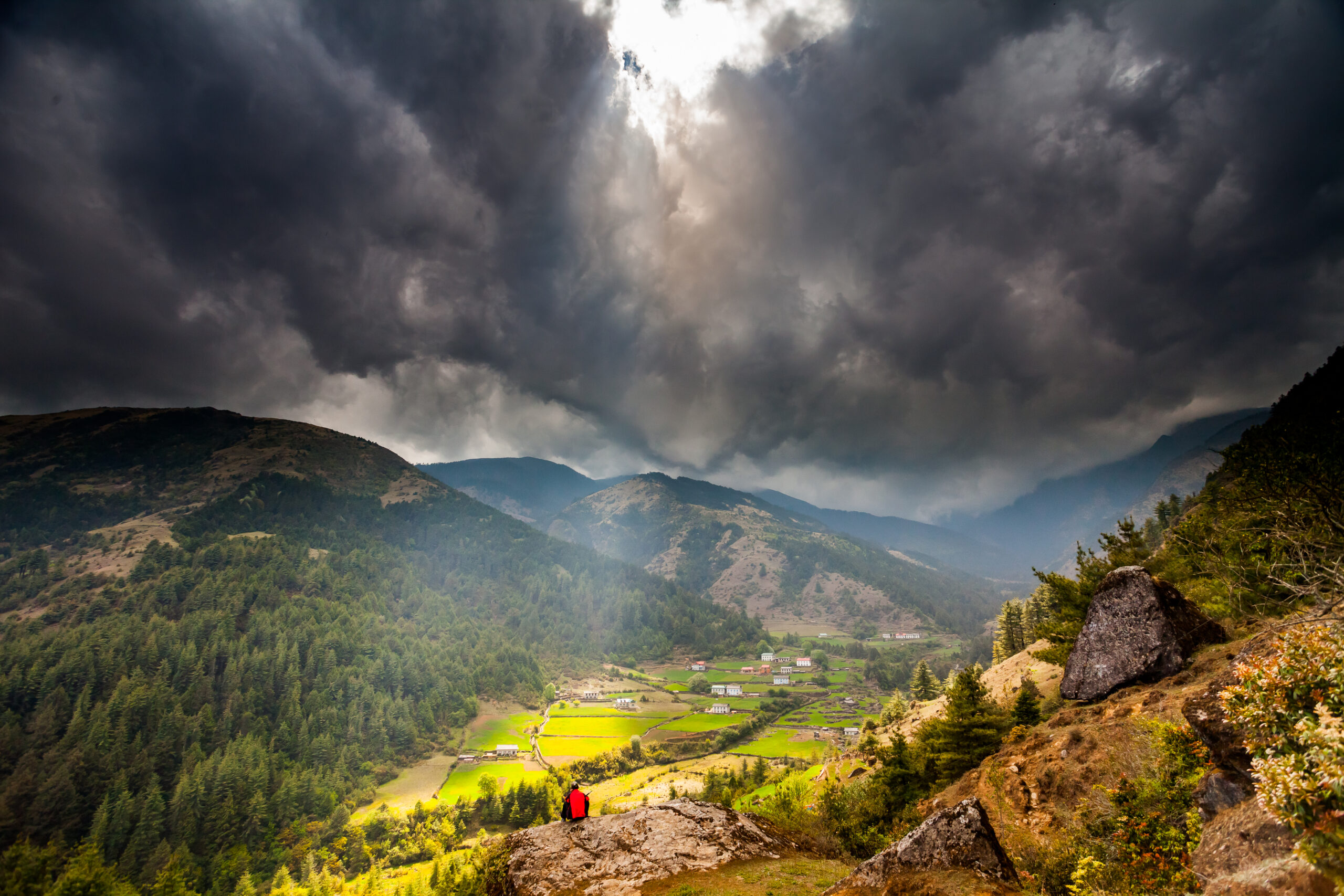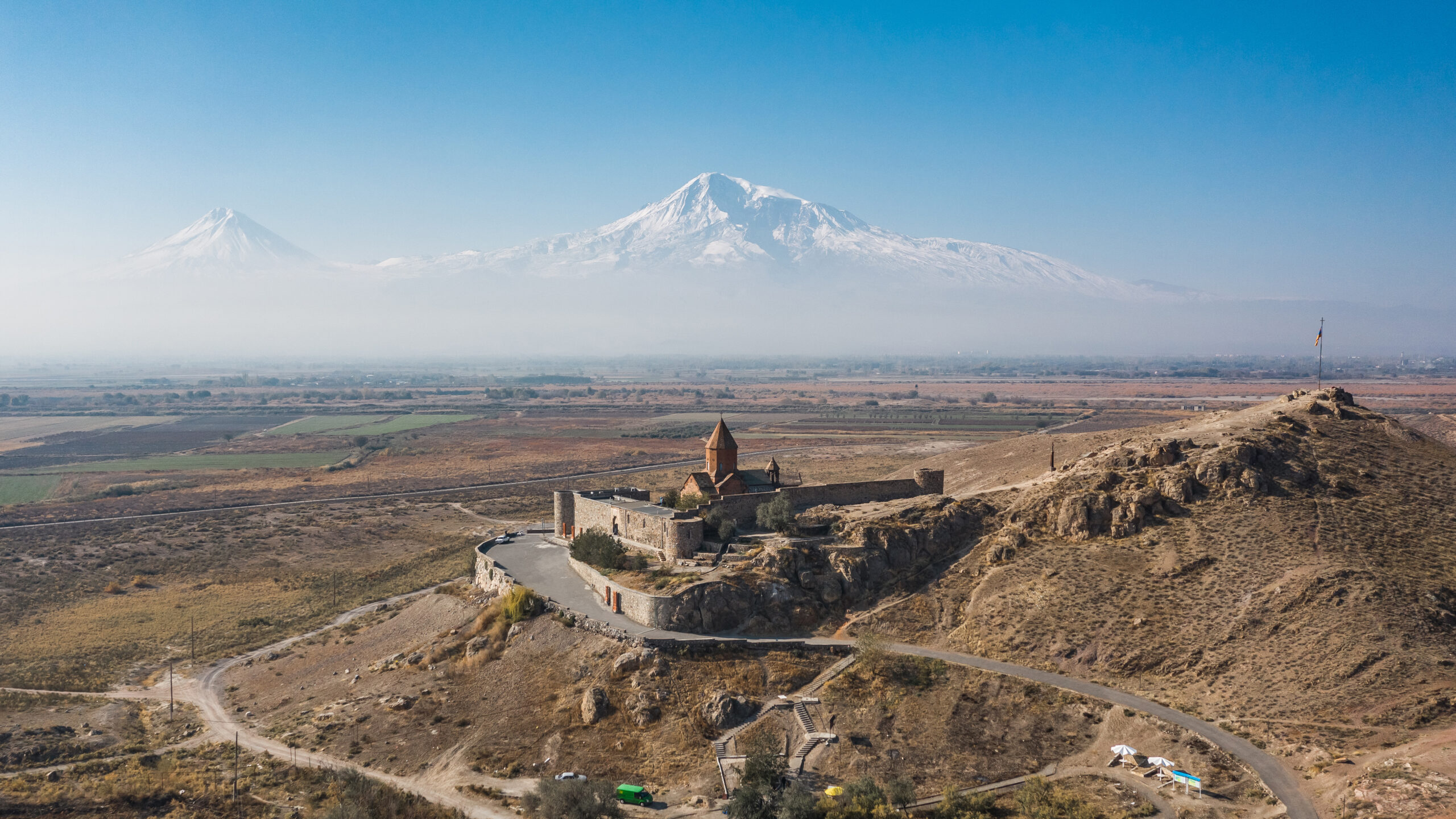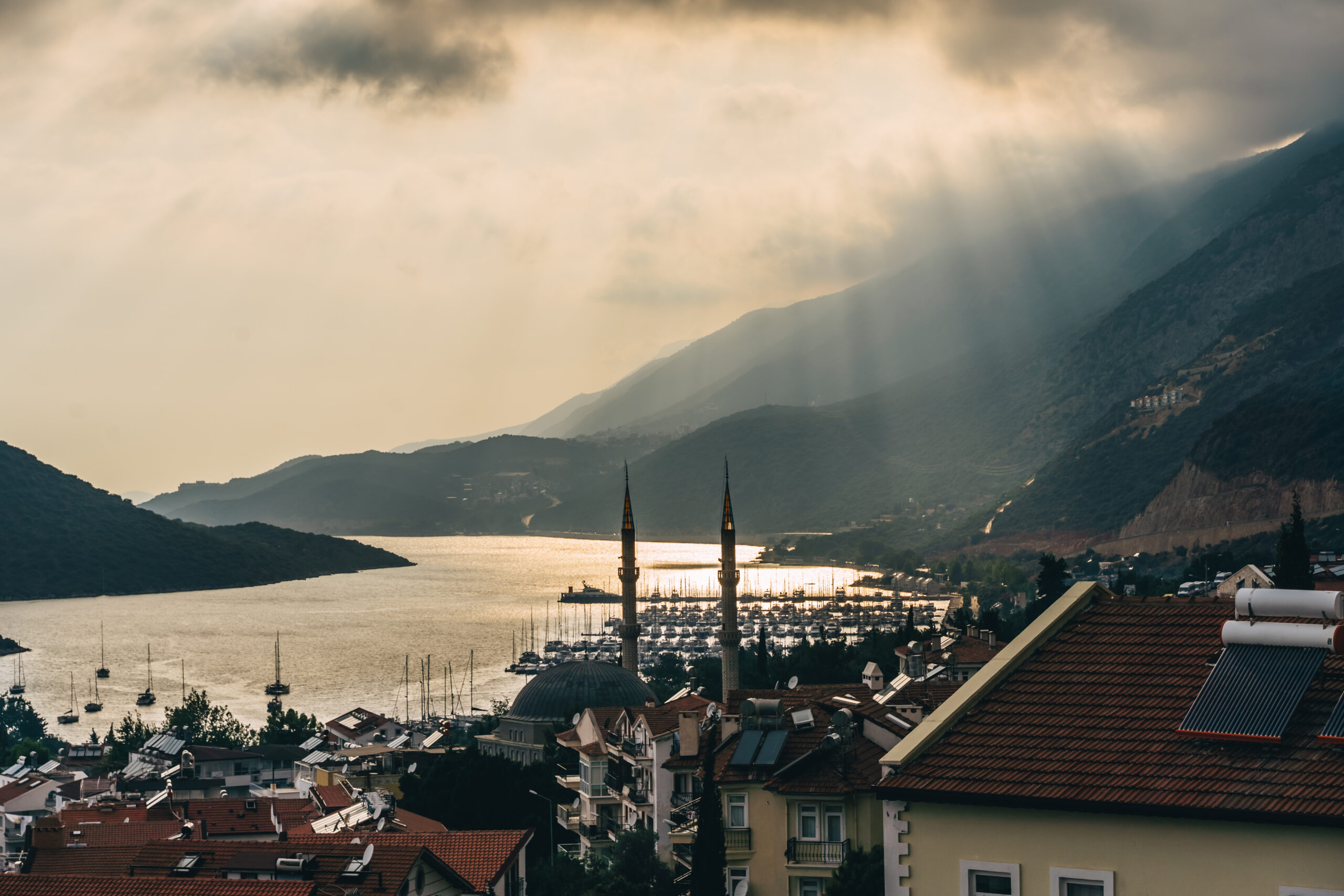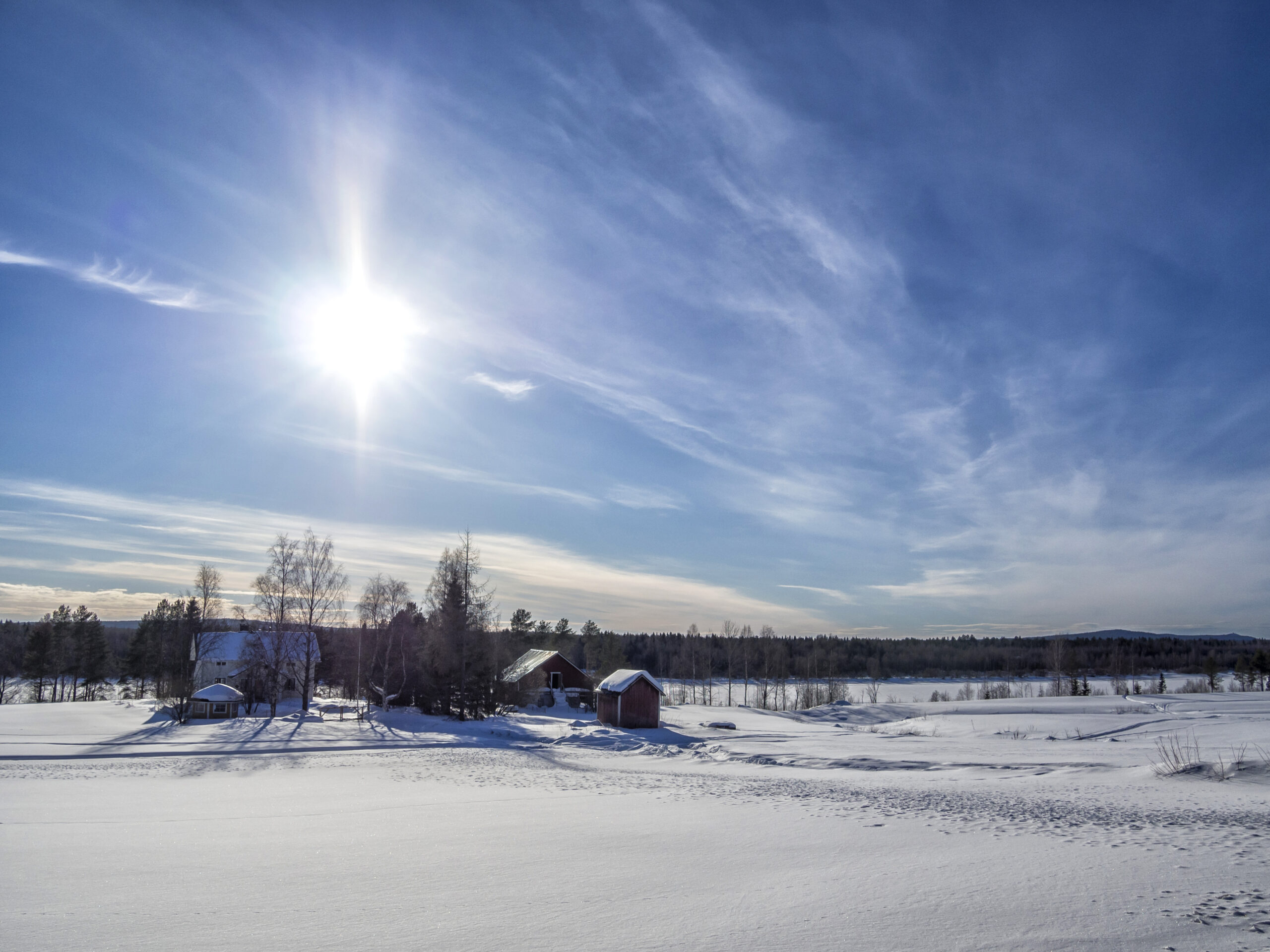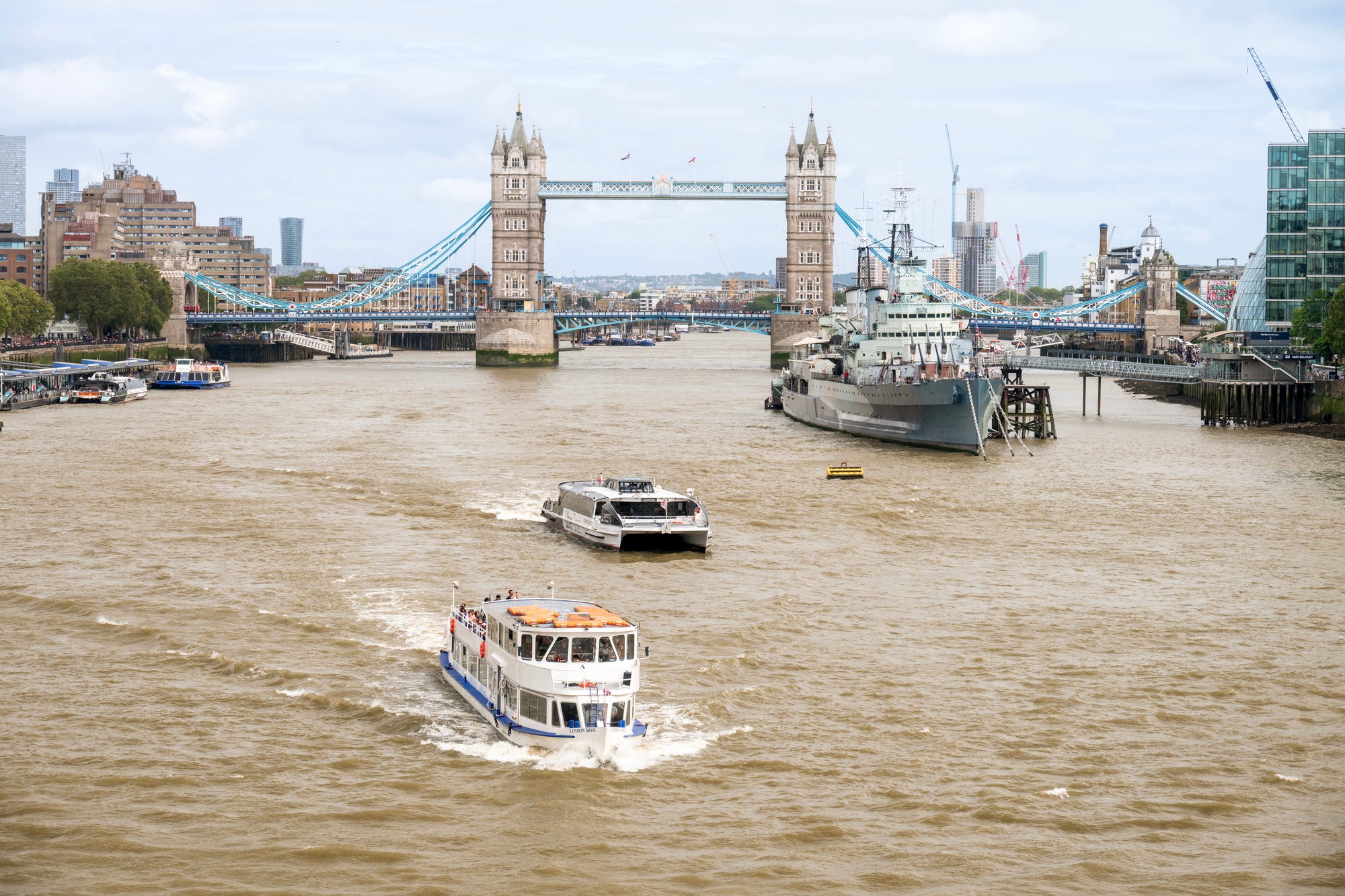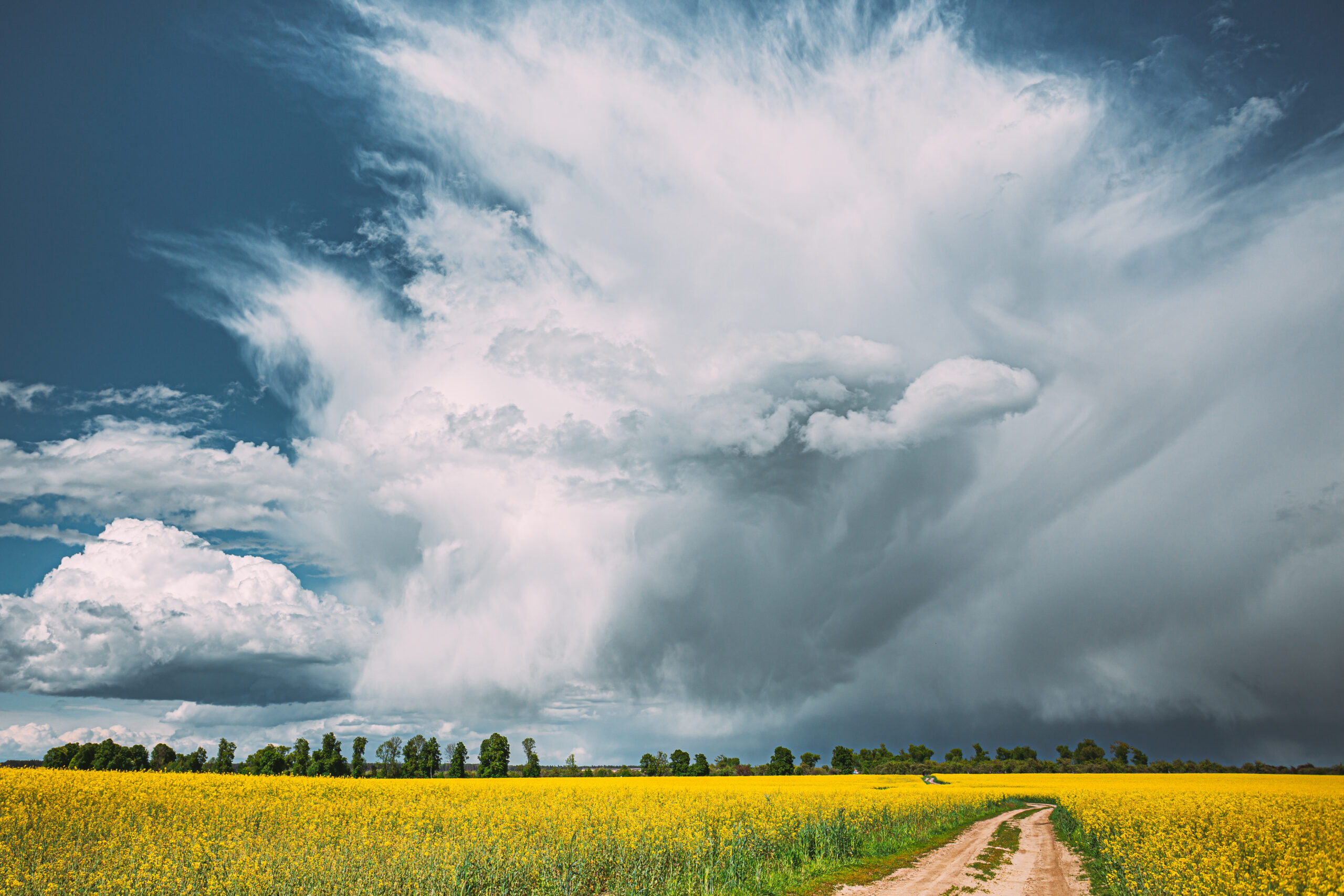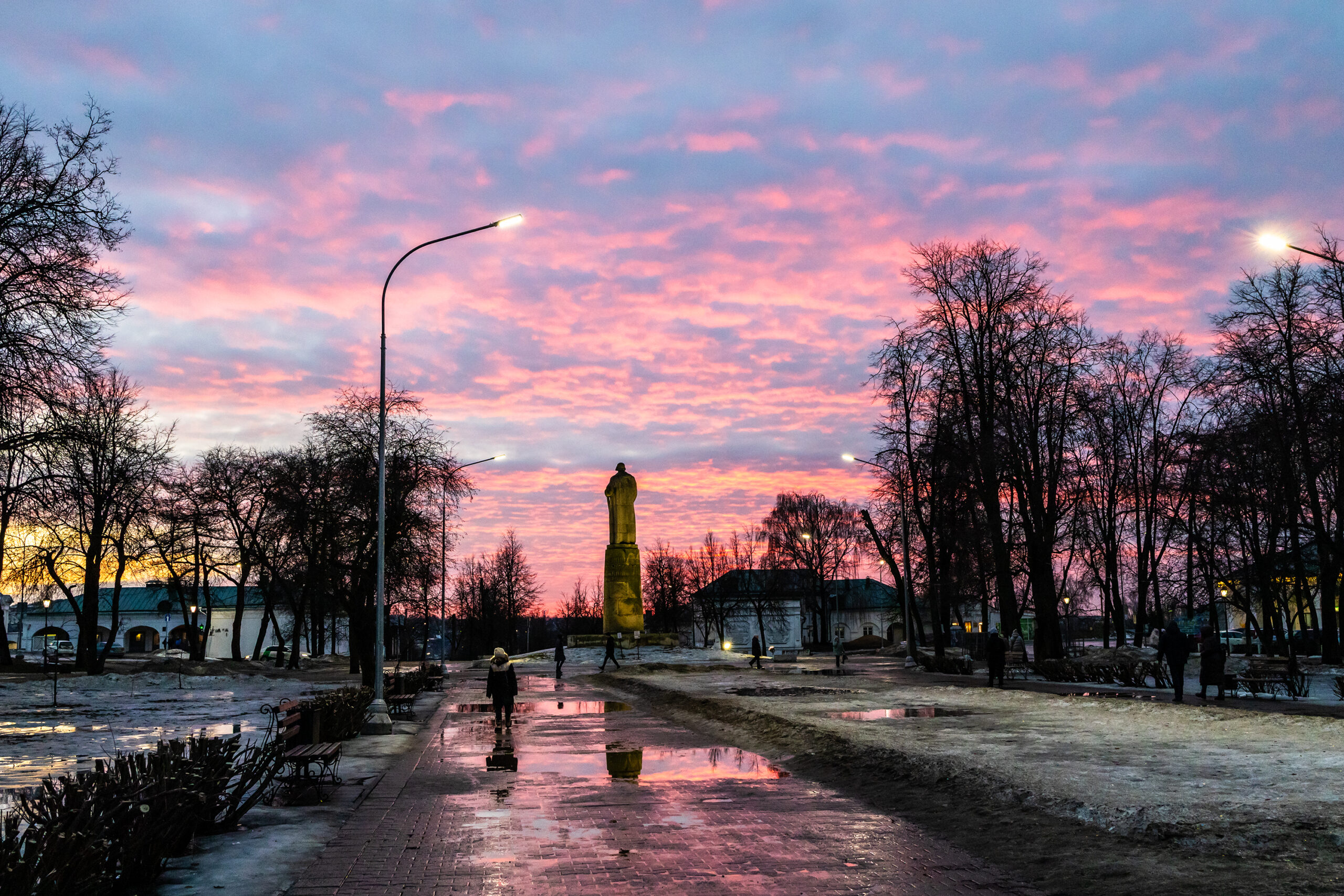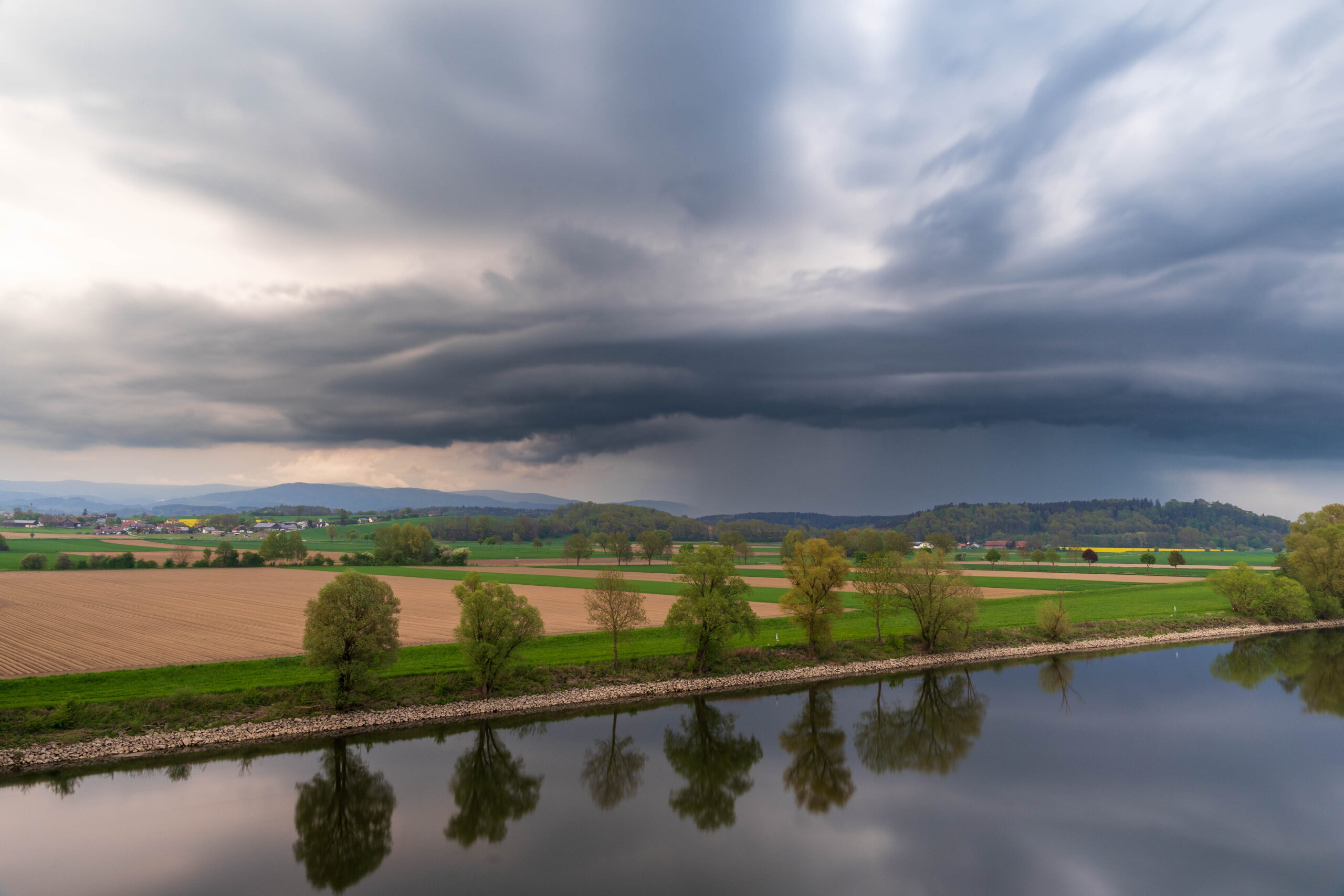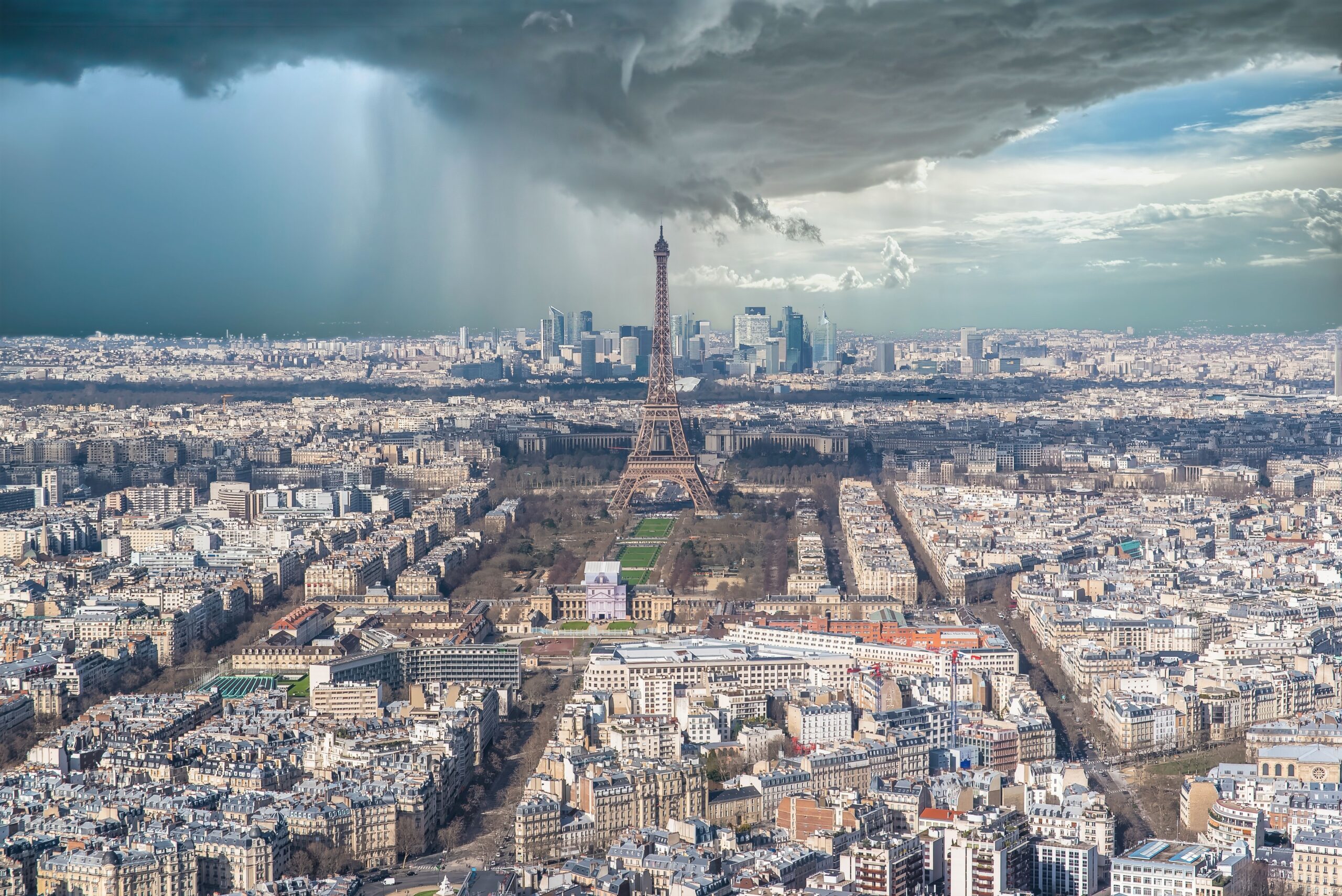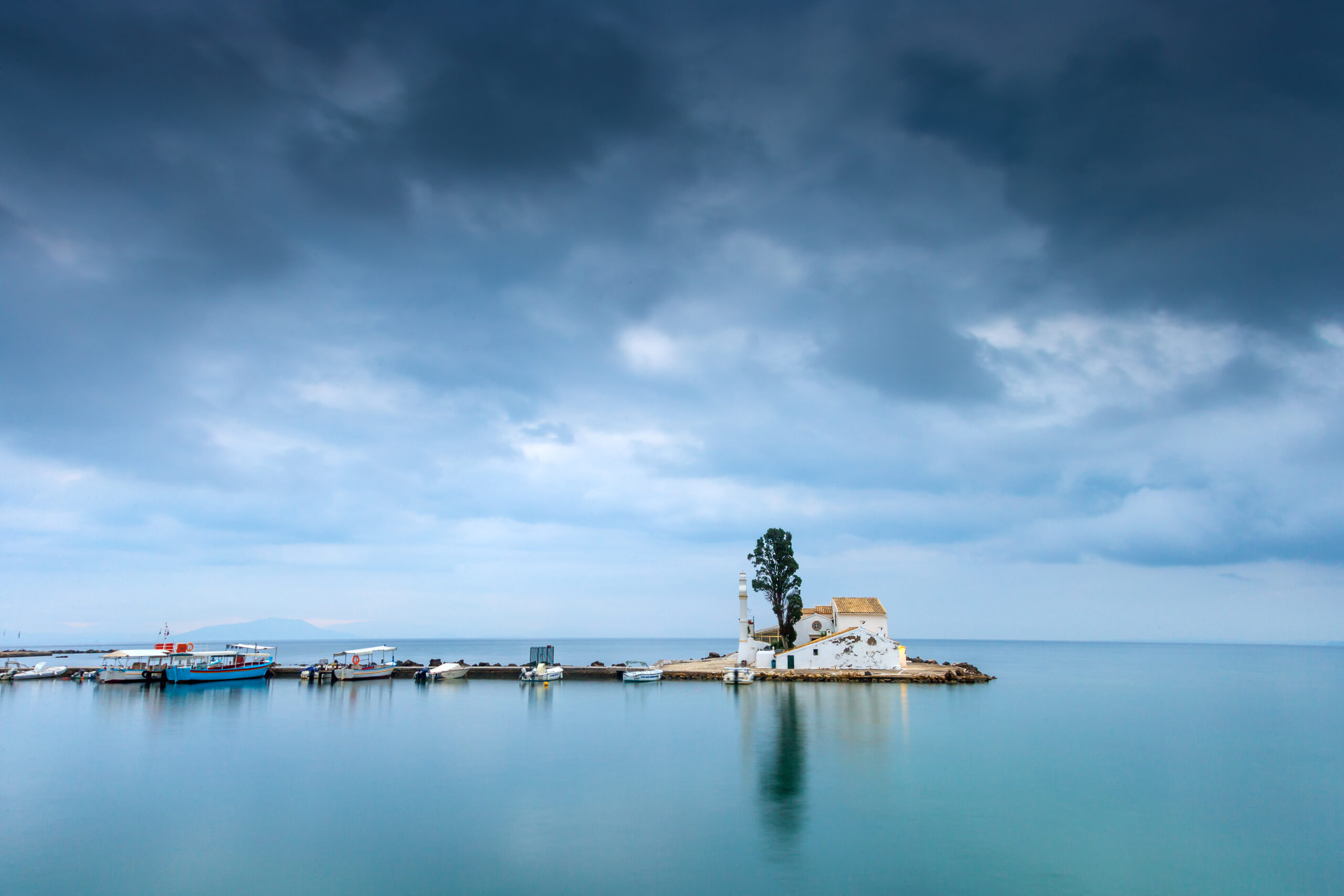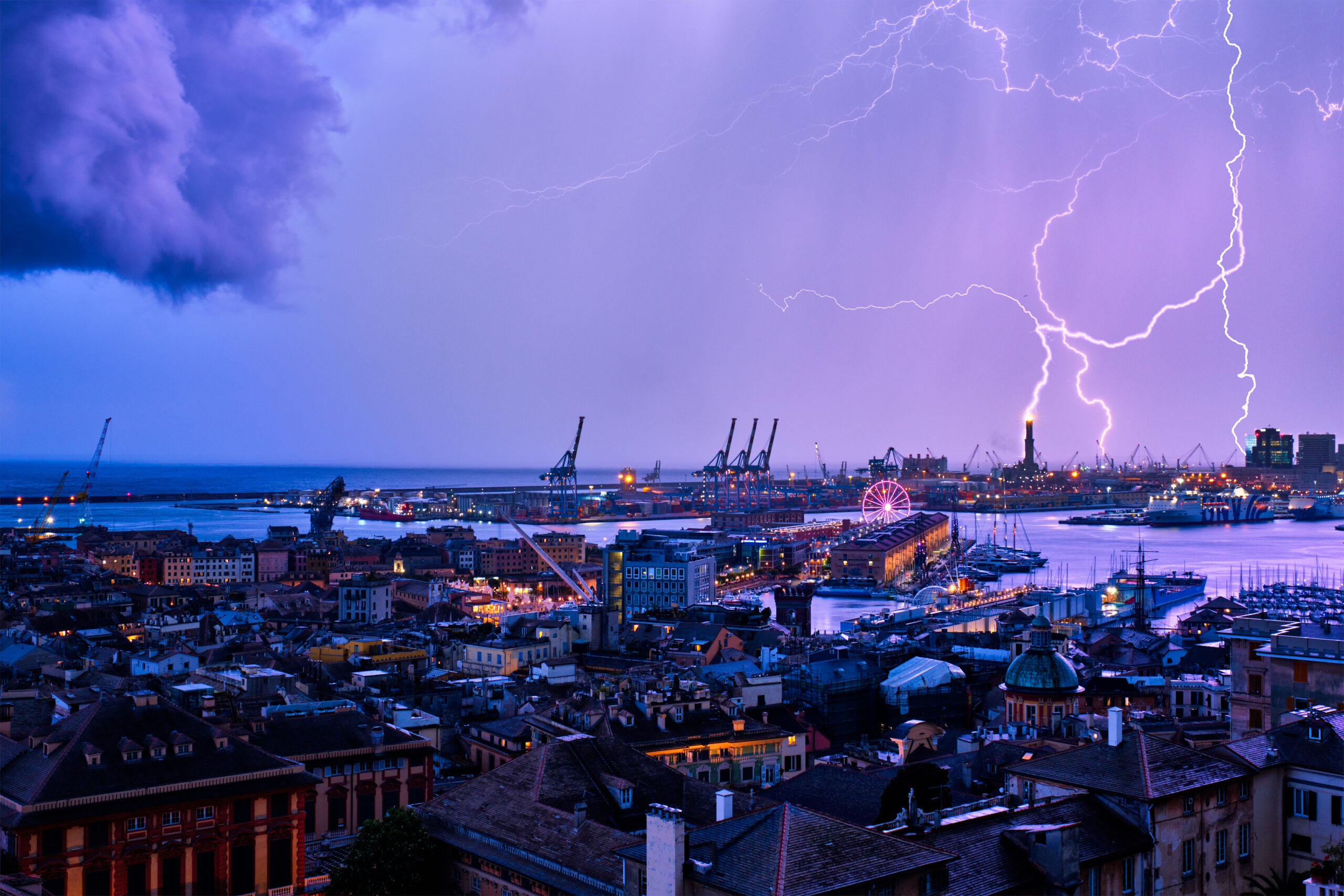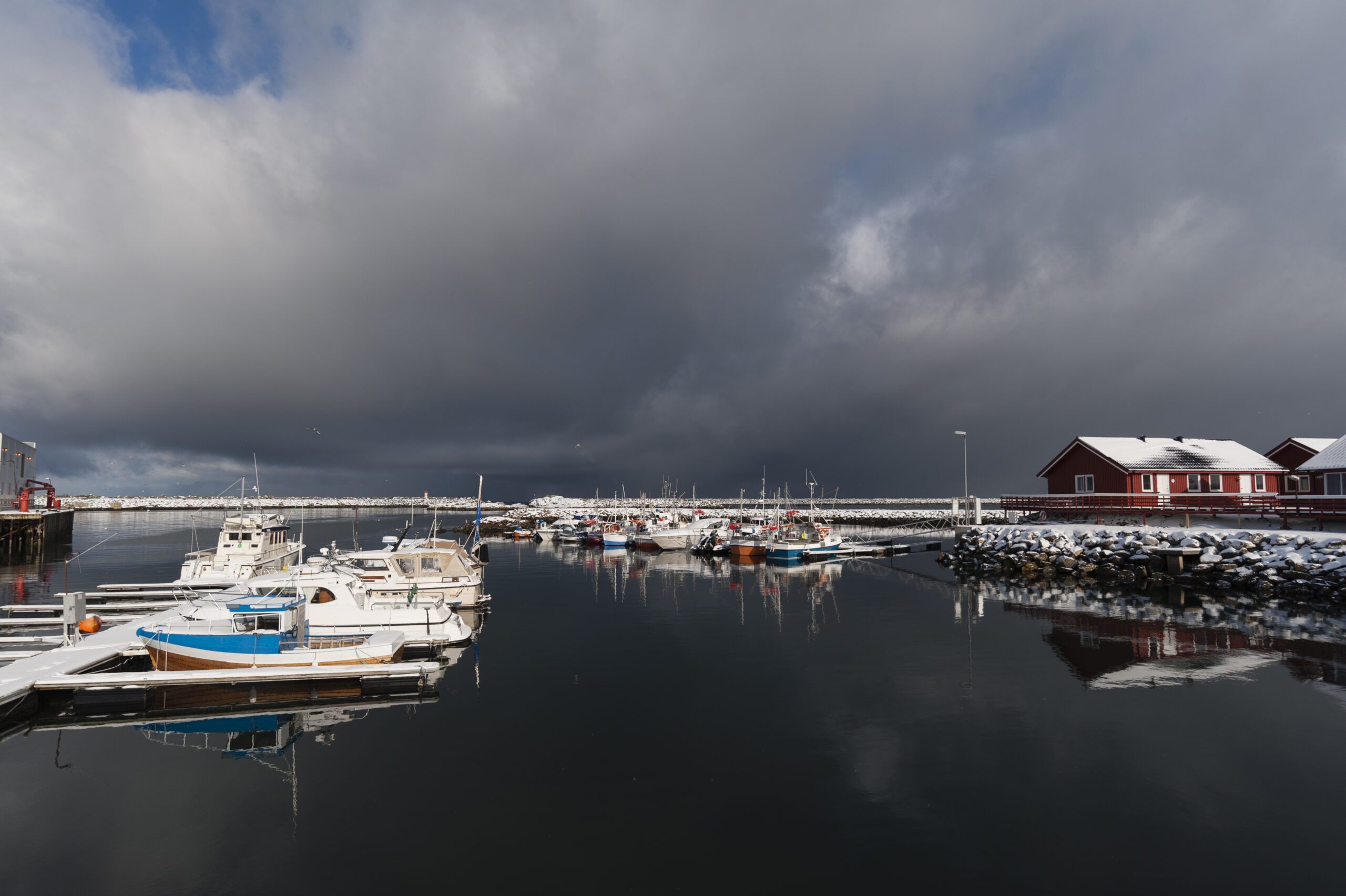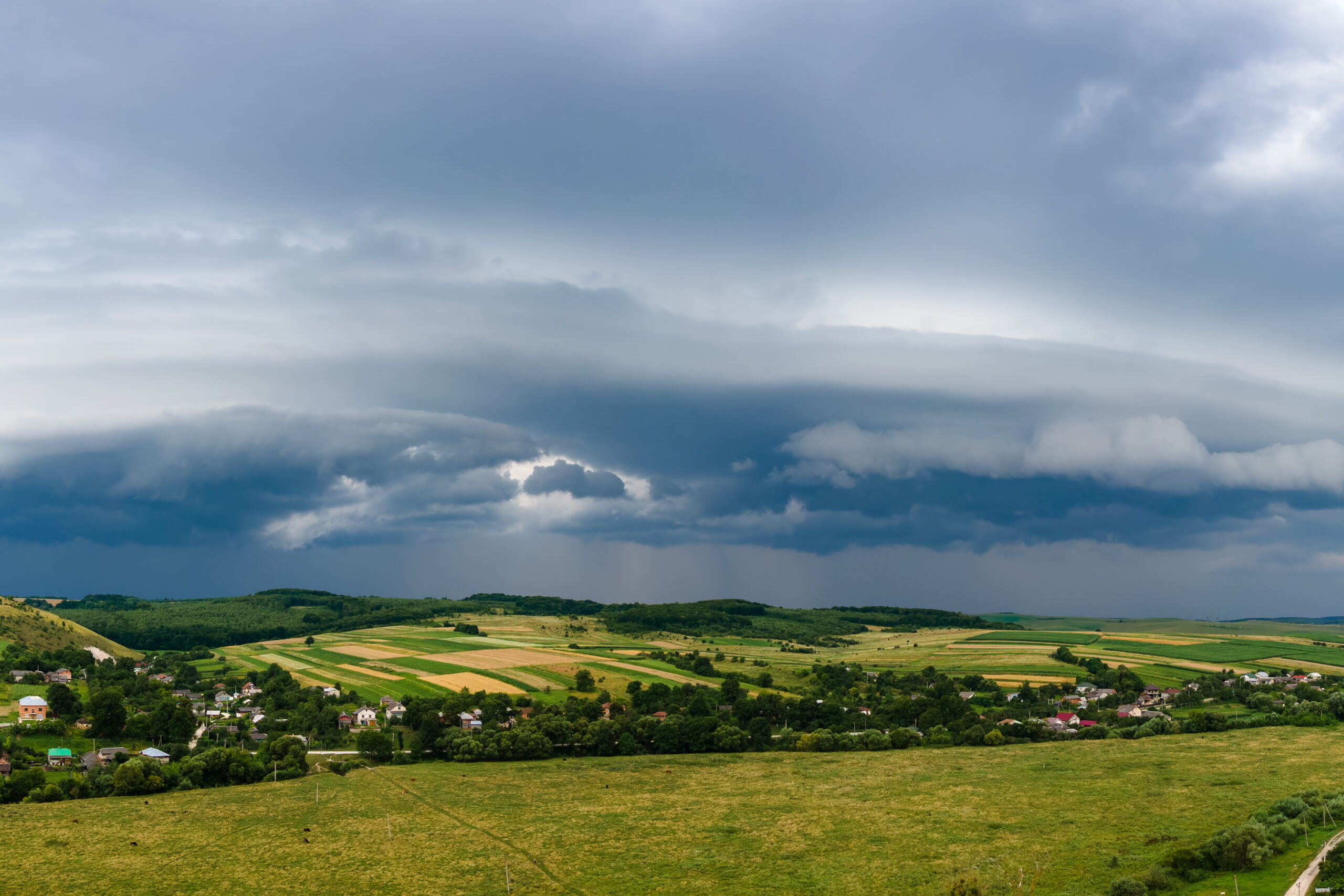- Aries ♈ - November 25, 2025
- Template - November 13, 2025
- Albania Weather Report Free updated Hourly 2025 - September 23, 2025
🇯🇵 Saga Prefecture Weather Report – Month-by-Month Overview
❄️ January
Cool and dry. Saga City averages 3–11°C. Snow is rare in lowlands but possible in mountain areas like Takeo. Skies are mostly clear, and rainfall is minimal.
🌨️ February
Still mild. Highs reach 11–13°C, with lows around 4°C. Occasional frost inland. Rainfall remains low, and sunshine hours increase slightly.
🌱 March
Spring begins. Temperatures rise to 13–18°C. Plum blossoms bloom, and rainfall increases. Coastal areas warm faster, while inland valleys stay crisp.
🌸 April
Mild and vibrant. Highs reach 18–23°C. Cherry blossoms peak across the prefecture, especially in parks and castle grounds. Rain showers alternate with sunny spells.
🌼 May
Warm and pleasant. Temperatures climb to 21–26°C. Rainfall is light, and skies are mostly clear. Ideal for hiking, countryside travel, and visiting hot springs.
☀️ June
Start of the rainy season. Highs range from 24–29°C. Humidity rises, and afternoon showers are frequent. Rivers swell, and vegetation flourishes.
🔥 July
Hot and humid. Temperatures reach 28–34°C. Rainfall peaks early, then tapers off. Summer festivals begin, and evenings stay warm and muggy.
🏖️ August
Still hot. Highs remain between 29–35°C. Rain is infrequent, and sunshine dominates. Beaches and coastal towns are popular for swimming and fireworks.
🍂 September
Transition to autumn. Temperatures ease to 25–31°C. Rain returns gradually, and typhoon activity may affect coastal areas. Nights begin to cool.
🌦️ October
Cooler and clearer. Highs drop to 19–26°C. Rainfall decreases, and autumn foliage begins in the mountains. Ideal for travel and photography.
🌫️ November
Chilly and dry. Highs hover around 14–21°C, with lows near 9°C. Rain is minimal, and foggy mornings are common. Fall colors peak inland.
🎄 December
Winter returns. Temperatures range from 6–13°C. Snow is rare, but mountain areas may see frost. Skies are mostly clear, and festive lights appear in towns.

- Temperature
- Precipitation
- Rain Chance
- Wind
- Humidity
- Pressure
Weather in Saga, Japan: A Month-by-Month AnalysisSaga, located on the northwest coast of Kyushu Island, Japan, is characterized by a humid subtropical climate (Köppen classification: Cfa), featuring distinct seasonal variations, significant rainfall, and moderate temperatures year-round. This report provides a detailed month-by-month analysis of Saga’s weather, including temperature, precipitation, humidity, daylight hours, and notable climatic features, drawing from reliable climate data to offer a comprehensive overview for residents, visitors, and planners.
February: Slightly Warmer, Still DryFebruary sees a slight warming, with average temperatures rising to 5.7°C (42.3°F). Highs average 9.6°C (49.4°F), and lows are around 2.4°C (36.3°F). Precipitation increases to 85 mm (3.3 inches) over 6 rainy days, maintaining a relatively dry profile. Humidity remains steady at 71%, and daylight extends to 11 hours, with the earliest sunrise shifting to around 7:00 AM. Cloud cover increases slightly, with clearer skies 60% of the time. Snowfall remains a possibility but is minimal. February’s weather is still chilly but signals the transition toward spring, with occasional cold snaps.
March: Mild and WetterMarch marks the onset of spring, with average temperatures climbing to 8.8°C (47.8°F). Daytime highs reach 13.2°C (55.8°F), and lows average 4.9°C (40.9°F). Precipitation rises significantly to 128 mm (5 inches) over 8 days, reflecting the start of wetter conditions. Humidity holds at 71%, and daylight hours increase to 12 hours, aligning with the equinox. Cloud cover peaks, with only 52% clear or partly cloudy skies, as the cloudier season begins. The sea temperature is at its coldest, around 14.4°C (57.9°F), making swimming unappealing. March’s mild weather and blooming cherry blossoms make it a popular time for outdoor exploration, though rain gear is advisable.
April: Pleasant and ShoweryApril brings pleasant conditions, with average temperatures of 13.6°C (56.5°F). Highs reach 18.4°C (65.1°F), and lows are around 9.6°C (49.3°F). Rainfall increases to 151 mm (5.9 inches) over 8 days, reflecting the influence of spring showers. Humidity rises to 73%, and daylight extends to 13 hours. Skies are clearer 47% of the time, balancing cloudy and sunny days. The sea warms slightly to 15.9°C (60.6°F), still too cold for swimming. April’s comfortable temperatures and vibrant spring scenery, including cherry blossoms, make it a prime time for tourism, though rain is frequent.
May: Warm and GreenMay sees warmer weather, with average temperatures at 18.3°C (64.9°F). Highs climb to 23.1°C (73.5°F), and lows average 14.3°C (57.8°F). Rainfall is 164 mm (6.5 inches) over 8 days, and humidity increases to 75%. Daylight reaches 13.9 hours, with the most daily sunshine hours (9.3 hours on average), totaling 288.72 hours for the month. Cloud cover is significant, with only 44% clear skies. The sea temperature rises to 18.7°C (65.7°F), still not ideal for swimming. May’s lush greenery and warm days are perfect for outdoor activities, though the increasing humidity signals the approach of the rainy season.
June: Rainy Season BeginsJune ushers in the rainy season (Tsuyu), with average temperatures of 21.9°C (71.4°F). Highs reach 25.7°C (78.3°F), and lows are around 18.8°C (65.8°F). Precipitation peaks at 352 mm (13.9 inches) over 12 days, the highest of the year, driven by the East Asian monsoon. Humidity spikes to 83%, and daylight peaks at 14.3 hours, with the longest day on June 21 (14 hours, 21 minutes). Cloud cover is at its highest, with 68% overcast or mostly cloudy skies. Sea temperatures reach 22.1°C (71.8°F), still cool for swimming. June’s heavy rains and high humidity make it less ideal for outdoor activities, though indoor cultural experiences thrive.
July: Hot and HumidJuly is warm and humid, with average temperatures of 25.4°C (77.8°F). Highs hit 28.9°C (84°F), and lows are 22.8°C (73°F). Rainfall remains high at 295 mm (11.6 inches) over 13 days, continuing the rainy season until mid-July. Humidity peaks at 86%, creating an oppressive atmosphere. Daylight slightly decreases to 14.1 hours. The sea warms to 25.5°C (77.9°F), making it suitable for swimming. Cloud cover remains high at 65%. July’s heat and humidity are intense, but the warm sea and cultural festivals attract visitors.
August: Hottest MonthAugust is Saga’s warmest month, with average temperatures of 26.3°C (79.4°F). Highs reach 30°C (86.1°F), and lows are 23.4°C (74.1°F). Rainfall drops to 186 mm (7.3 inches) over 12 days, but humidity remains high at 82%. Daylight decreases to 13.3 hours, with 9.2 hours of sunshine daily. The sea is warmest at 27.6°C (81.7°F), ideal for swimming and water activities. Cloud cover reduces to 55%, offering more sunny days. August’s heat and occasional typhoons require light clothing and preparedness for sudden storms.
September: Warm and WetSeptember remains warm, with average temperatures of 22.9°C (73.3°F). Highs are 26.8°C (80.2°F), and lows drop to 19.9°C (67.9°F). Rainfall is 196 mm (7.7 inches) over 9 days, influenced by typhoon season. Humidity is 81%, and daylight reduces to 12.3 hours. The sea remains warm at 26.3°C (79.3°F), suitable for swimming. Skies are clearer 54% of the time. September’s pleasant temperatures and scenic autumn foliage make it a good time to visit, though typhoon risks require caution.
October: Comfortable and PleasantOctober is one of Saga’s most pleasant months, with average temperatures of 17.6°C (63.7°F). Highs reach 21.8°C (71.2°F), and lows are 14.4°C (57.9°F). Rainfall decreases to 109 mm (4.3 inches) over 6 days, and humidity drops to 75%. Daylight is 11.3 hours, and skies are clear 68% of the time. The sea cools to 24°C (75.2°F). October’s mild weather and clear skies make it ideal for outdoor activities and moon viewing at sites like Yoshinogari Archaeological Park.
November: Cool and CrispNovember brings cooler weather, with average temperatures of 12.1°C (53.8°F). Highs are 15.9°C (60.6°F), and lows drop to 9°C (48.1°F). Rainfall is 95 mm (3.7 inches) over 6 days, and humidity is 74%. Daylight reduces to 10.4 hours, with clear skies 70% of the time. The sea cools to 21.3°C (70.3°F). November’s crisp air and vibrant autumn colors are perfect for hiking and sightseeing.
December: Chilly and ClearDecember sees average temperatures of 6.9°C (44.3°F), with highs of 10.2°C (50.3°F) and lows of 3.9°C (39.1°F). Rainfall is low at 74 mm (2.9 inches) over 6 days, and humidity is 71%. Daylight is shortest at 10 hours, with the clearest skies (72% clear or partly cloudy). The sea temperature drops to 18.3°C (64.9°F). December’s chilly but clear weather is ideal for winter festivals and indoor activities.
ConclusionSaga’s climate offers a dynamic range of conditions, from mild winters to hot, humid summers and a pronounced rainy season. The best times to visit are September to October for warm, pleasant weather and minimal rainfall, ideal for outdoor and cultural activities like moon viewing. June and July are the wettest, requiring rain preparedness, while August offers prime swimming conditions. Understanding these patterns ensures better planning for travel, agriculture, and daily life in Saga.

